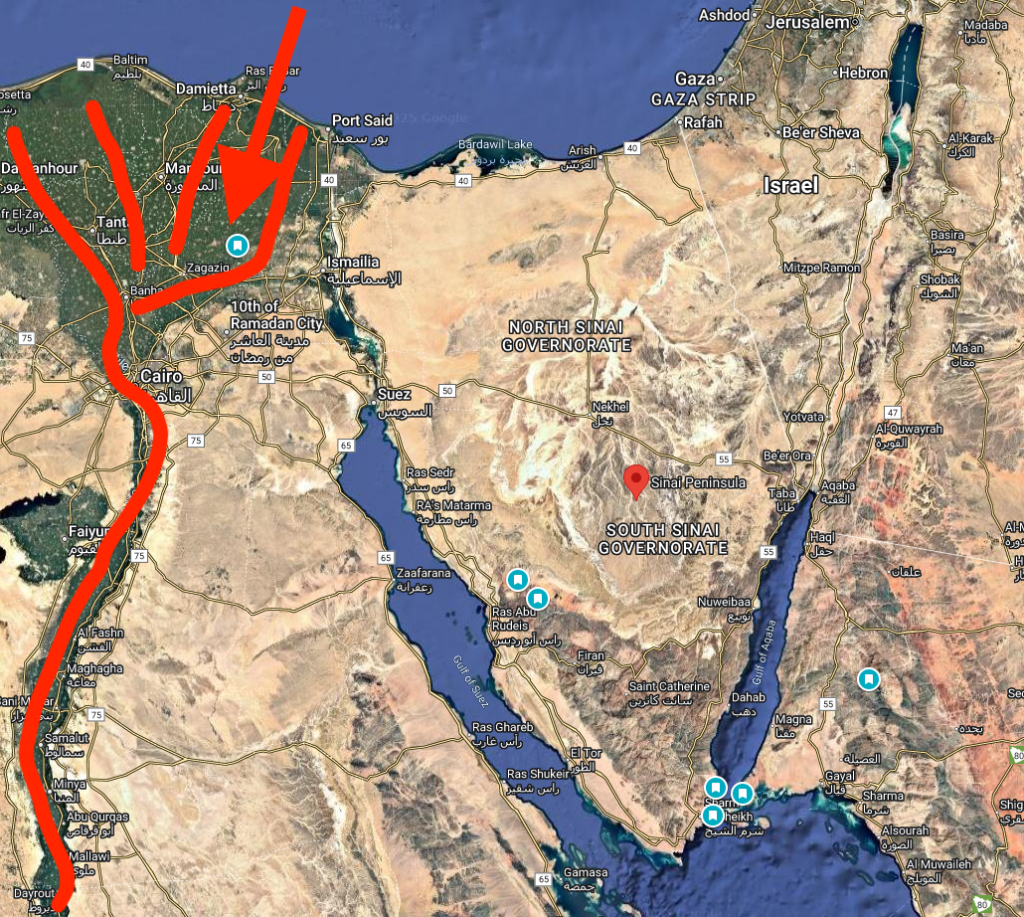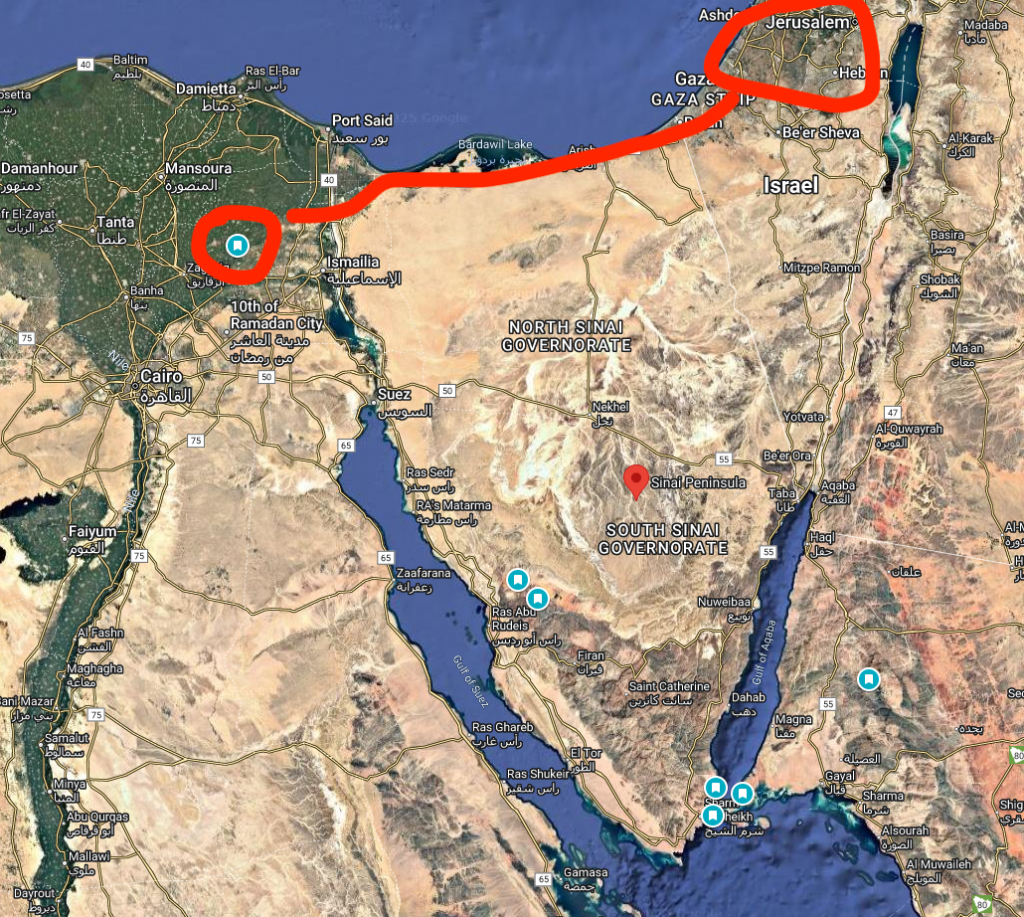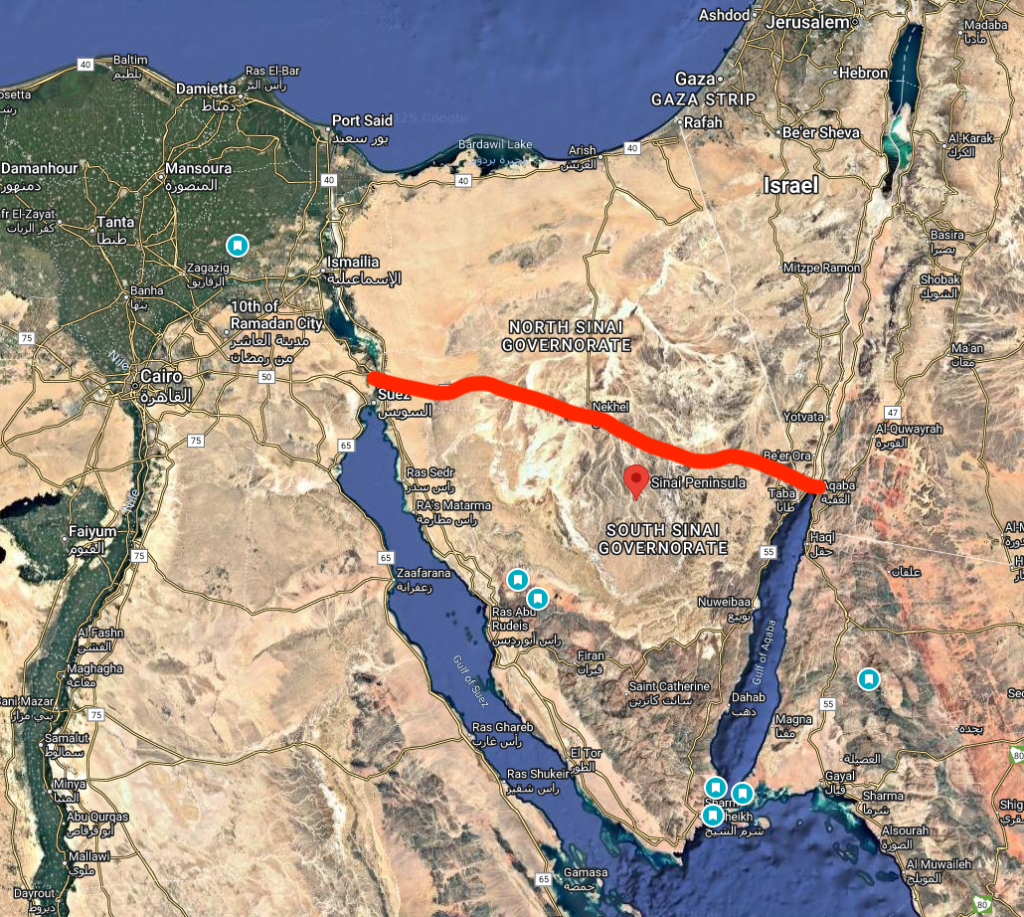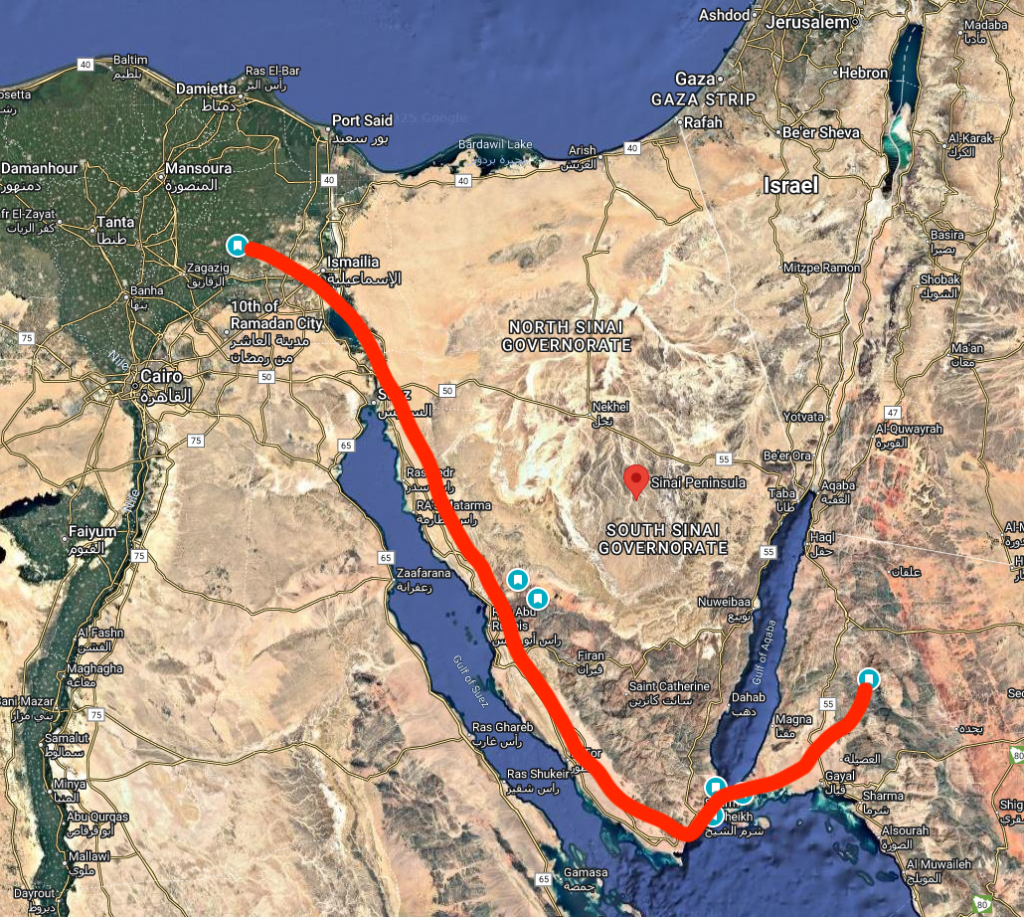Drash for Congregation Ner Shalom‘s Shabbat service, April 18, 2025, for the start of the 7th night of Passover.
by Cyndi Norwitz
If you were on Zoom for Shabbat last week, you heard Rabbi Irwin tell us that, while all Shabbatot are special, that one—Shabbat HaGadol, the Shabbat before the start of Passover—is extra special. This week, the Shabbat in the middle of Passover—is special too. Because in lieu of our usual Torah readings in order, for these two Shabbatot, we instead go to some out-of-order (out of seder) readings.
But first, let’s set the stage. Last week Shabbat happened to fall one day before Passover. That’s the last normal night the Israelites in Egypt spent together, to the extent that you can call being a slave normal. They knew they were leaving; they’d known for two weeks, since the new moon of the 1st of Nissan. But they’d been told they were leaving before and each time Pharaoh changed his mind. This time they packed up, but they weren’t yet sure if they were unpacking again soon.
Now it all seemed more real though. On the 10th of Nissan, each household went and chose a lamb, lambs that now stayed nearby baaing and waiting. As night fell on Shabbat last week, we entered the 14th of Nissan. For the Israelites, that was the last uninterrupted sleep they were going to get for a while. Rabbi Irwin told us Shabbat HaGadol was called the “Terrible Night,” because of the terrors that were to come.
For the Hebrews, nothing was the same afterwards. When they awoke on the day of the 14th of Nissan, they got right to work. The waiting lambs met their fate and went to roast for dinner. Their blood painted on the doorways, top and sides, outsides and insides too. By the end of that day, before the sun set, every Hebrew was indoors with their lamb and bitter herbs, not allowed to venture outside for any reason.
The 15th of Nissan began at sunset, with everyone cooped up. Soon they were uncomfortably full, the remains of a huge meal around them. Perhaps they tried to sleep. At midnight, the 10th plague began. By morning, every firstborn child born to a mother—whether a human mother or an animal one—was dead, except for those inside the blood-stained huts.
When the Hebrews left Rameses on the morning of the 15th of Nissan, they ran to Succoth. Only then did they sit down to plan the rest of their route. And that brings us to this week’s out-of-order Torah portion, beginning with Exodus 13:17-18.
Now when Pharaoh let the people go, God did not lead them by way of the land of the Philistines, although it was nearer; for God said, “The people may have a change of heart when they see war, and return to Egypt.”
So God led the people round about, by way of the wilderness at the Sea of Reeds. Now the Israelites went up armed out of the land of Egypt.
Exodus 13:17-18
The Way of the Philistines maybe sounds like a metaphor. But it’s actually a road. An ancient trading route that was quite active during the time period when the Exodus supposedly took place. The Romans—who came much later—called it Via Maris, or Way of the Sea.
Now is the time to break out the visual aids.

Looking at the closeup map photos below, on the left is the eastern side of Egypt proper. With the Nile flowing north into the Mediterranean, up top. The Nile Delta is just before the sea and the eastern side of it is said to be where Rameses was, where the Hebrews lived.

In the upper right is Canaan, or what is today Israel and Palestine. The shortest path between them is along the coast, the Way of the Philistines. This route would be around 250 miles. At the bottom is the Red Sea, with two narrow horns which cut off much of the Sinai Peninsula from the surrounding lands. (Please note that from the town of Suez at the top of the Gulf, leading up north to the Mediterranean Sea, is a waterway in the satellite photo, but the Suez Canal did not in fact exist in Biblical times.)

What most people may not realize is that, all of this is Egypt. At the supposed time of the Exodus, Egypt controlled the Sinai Peninsula itself, which contained at least two copper and turquoise mines, and miles of well-maintained roads. Egypt also occupied Canaan and surrounding areas. For the Hebrews to go from slavery to the promised land was in reality moving from one part of Egypt to another. So they needed to exit Egypt altogether and wait for regime change. Which took perhaps as long as 40 years.
The Hebrews did not go the Way of the Philistines because it was filled with Egyptian soldiers. Soldiers who wouldn’t just take their word for it that Pharaoh had let them go without changing his mind. If they went on the coastal road, they’d have to fight.
Through the middle of the Sinai Peninsula and on into West Asia—from Africa to Mesopotamia—is another popular trade route, the King’s Highway. Parts of this road are mentioned in Torah, in Numbers. Through Sinai, it was a more difficult mountainous route.

Instead, the Hebrews went around by way of the wilderness, which could only mean south. The coastal path is wide and flat all the way down to the southern tip, and for a short time after heading back up the other side. Then it’s mountains. This is quite controversial, but some people, myself included, say this is where the Hebrews turned around and then crossed the Red Sea.

Three different paths. Three different ways to escape slavery. Three different approaches to dealing with a cruel and capricious ruler.
When Pharaoh let the people go, God did not lead them by way of the land of the Philistines, although it was nearer; for God said, “The people may have a change of heart when they see war, and return to Egypt.”
I hear this and think about what it takes to stand up for what is right in an unjust society, like our very own is quickly becoming. It’s terrifying when we hear of people being disappeared, ending up in what basically amounts to concentration camps, for as little as leading a demonstration or writing an editorial or having a tattoo. We who are citizens have a bit more protection for now but, ultimately, we just don’t. Without the ability to challenge an arrest, to be able to prove who we are, we are potentially as helpless as those without papers at all.
It’s so much easier to keep my head down and stay silent. I don’t want war. I don’t want to go it alone, to stand out, to be a target. The faster and more direct path comes with greater dangers. How many of us look at that and have a change of heart?
Certainly, the universities have capitulated (though that is changing, go Harvard!). Federal agencies have changed policies fast enough to give us all whiplash. Leaders of other counties are in many cases backing down and making concessions. Majorities in Congress and courts roll over and show their bellies. Everyone hoping to keep their funding, their people, their jobs. Or they focus on saving a single prisoner instead of challenging the legitimacy of the new system. They “see war” and are retreating to the modern equivalent of Egypt, a place they feel safe, though they are far from secure.
The Way of the Philistines is scary. What am I marching into? Will I have the courage to take this path? To stay the path? I don’t know.
So God led the people round about, by way of the wilderness at the Sea of Reeds. Now the Israelites went up armed out of the land of Egypt.
Somehow this seems more doable, though it’s a longer and arguably harder path. Marching with my compatriots. Armed with law and reason and tactics and righteousness. In it for the long haul.
We need to take the long way around, through the wilderness, outside of Egypt entirely, away from its influence. I don’t know what analogy that gives us in our modern resistance, but it will become clearer as the days pass. None of this is easy. None of this is without risk. But together we can stay true to our hearts.
Note: for more information on my fantasy novel, The Boat Children, set during the Exodus, check out my other blog, Barberry Lake.


2 responses so far ↓
1 Alexandra Ellen Appel // Apr 27, 2025 at 12:48 am
This is wonderful, thank you.
2 Cyndi // Apr 27, 2025 at 6:30 am
Thank you so much!
Leave a Comment